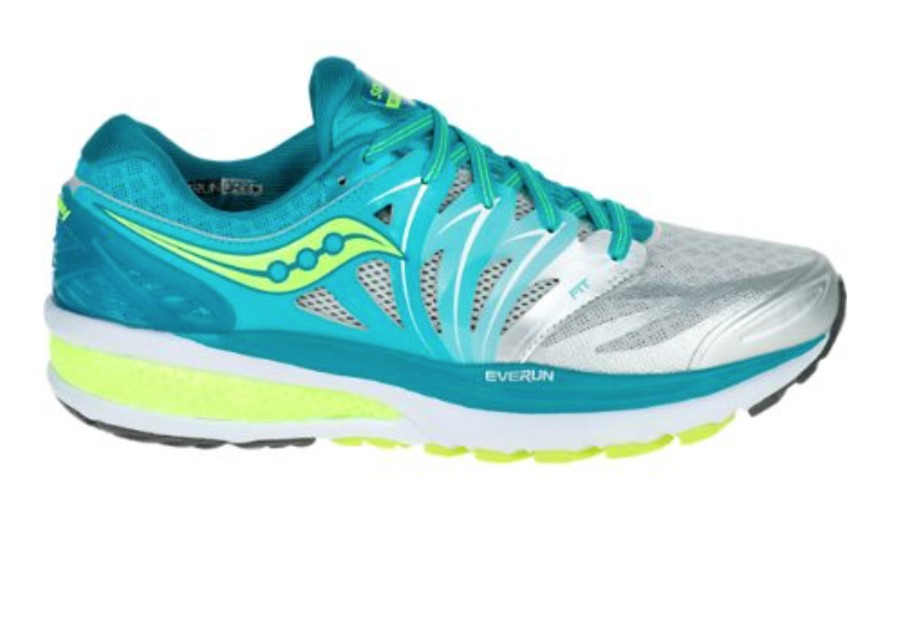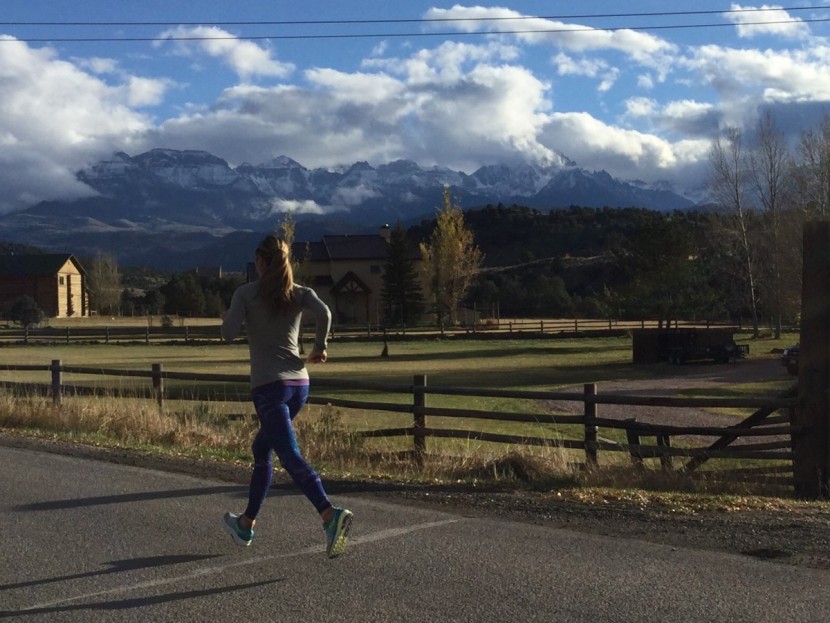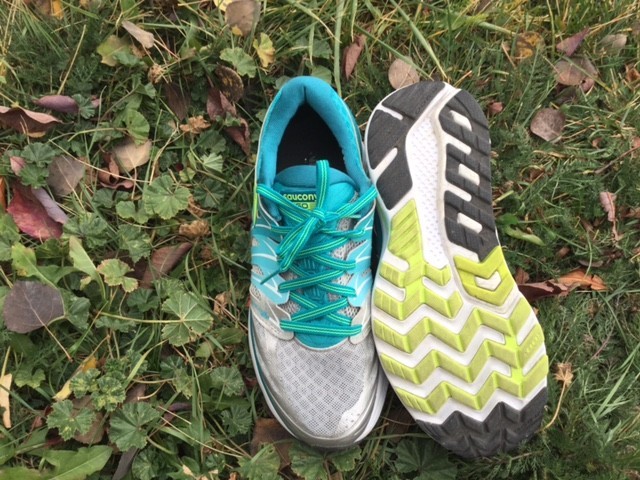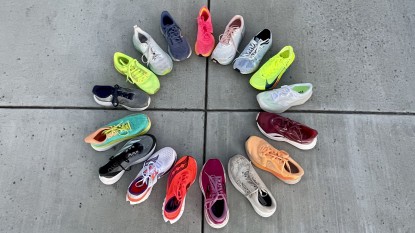Saucony Hurricane ISO 2 Review
Our Verdict
Our Analysis and Test Results
Responsiveness
The responsive and continuous cushioning in the Saucony Guide 10 provides the same exceptional feedback that can be found in the Hurricane ISO 2. The EVERUN foam system, with the cushion sitting closer to the foot, delivers an incredibly smooth response during heel to toe transitions, with only minimal interference with the overall contact feel. The responsiveness does have some disruptions to its contact feel, due to the stable cushioning that muffles the shoe's feedback; however, we didn't find this to impact our overall performance on shorter runs.
This model provides a softer cushioning feel that takes away from some of its responsiveness. When you think about cushion, the purpose is to absorb the shock from impact. When a shoe incorporates more cushioning into its design, which can be found in the Hurricane ISO 2, Brooks Glycerin 14, and Hoka Bondi 5, the result is less contact feedback. The best in overall responsiveness would be minimalist or racing flats; such shoes have a different feel than cushioned models, but ample response.
Landing Comfort
The Hurricane ISO 2 earned a 5 in this metric for ranking on the lower end of average in the landing comfort, coming in right beside Asics Gel-Quantum 360. The midsole and topsole design allowed for smooth transitions, but with no bulky impact. We feel that those who plan to do a reasonable amount of walking or standing, or who would like to use this contender as a pair of work shoes, should know that it excels in these categories. They are also an even ride for short distance road runs. If landing comfort is a deciding parameter, we suggest you look at our Editors' Choice winner, the Brooks Ghost 10 - Women's, which is a comparable shoe that had a top score in landing comfort.
Upper Comfort
Lets talk layers. The new fit in the upper combines a cumbersome inner layer with a stronger outer shell. The shell provides an outer wrap that is less flexible and left us having some applied pressure on the top and sides of our foot. While we admired this shoe's support, along with the comfort from the soft feel of the mesh layering system, we still felt it was missing the extra plushness that we experienced in other shoes. If you're looking for an all-around plush upper experience, look at the soft and breathable, not abrasive, New Balance-860 V7 and the Brooks Ghost 10, which came in just behind the 860 V7.
Stability
The ISOFIT build allowed for additional room for foot splaying and provided a less constrictive fit than other structured shoes we tested. The heel profile came in at 30 mm, with the forefoot at 22 mm, making the overall drop of the Hurricane 8 mm. The drop, sometimes referred to as the offset, added to its even ride and still gave ample feedback and mild stability with every foot strike. The Salomon S Lab Sonic also had an 8 mm drop, much like the Hurricanes ISO 2. The Brooks Glycerin 14 provided the most stability in our testing, as it locked down the heel, allowing for an increase in its stability (but a decrease in its responsiveness).
Durability
The floating synthetic cage of this contender, complete with an adaptable structure on either side, was balanced in its height and added the needed enforcements to the shoe. The support cage was a plus that added durability; otherwise, we felt it was missing structure in in the upper layering design of materials. The Altra Intuition 4.5 provided a similar feel to a minimalist shoe, while the Brooks Ghost 10, Brooks Glycerin 14, and Bondi 5 provided the ultimate in durability.
Breathability
At first glance, the three materials that make up the structure of the upper portion do not look like they would offer ventilation, due to their cumbersome overlays. The materials that form the shoe, including the adaptable ISOFIT sleeve found around the midfoot, as well as the mesh that runs the length of the shoe, and the mega foam heel lined in a soft fabric, present quite a bit in such a small package. The ISO 2's structure allows it to have higher performance in colder weather. With that said, it would not be our first choice to wear on a long run in the heat of the day. A supportive shoe that performed well in the breathability metric is the Brooks Ghost 10 - Women's, or the Sonic S Lab Sonic, which scored the only 10 out of 10 in this metric.
Weight
We have seen it time and time again with other shoes such as Asics Gel-Quantum 360 and Nike Air Zoom Structure 20: more support equals a bit more weight, and it's no different with the Hurricane ISO 2. The extensive overlays that the upper features do add some weight, but for being classified as a stability shoe, it seemed standard in weight, topping the scales at 9.4 oz. Weighing in at an average weight allowed it to earn a 6 in the weight metric.
Best Application
Use the Hurricane ISO 2 on road runs or concrete trail systems. These are also on the stable side if you tend to over-pronate, as they have a level of pronation control built right in to help during a gait cycle.
Value
The Hurricane ISO 2 has a lot of positives; however, for the high price of $160, it is hard to say if it's worth its hefty price tag. If Saucony made some adjustments to the overlays and created a less robust heel counter, these shoes might offer up increased stability.
Conclusion
If you are looking for a mildly stable shoe, the Hurricane ISO might be a good option for you; if you aren't sure what you desire, this shoe might feel rigid and awkward. A less rigid option would be the New Balance 860 V7 or Asics Gel-Cumulus 18. Being clear on what you want in a running shoe makes all the difference; if you want a responsive ride that provides stability and cushioning, the Hurricane ISO 2 is a good option. However, we would look to the Brooks Ghost 10 or the Brooks Glycerin 14.








